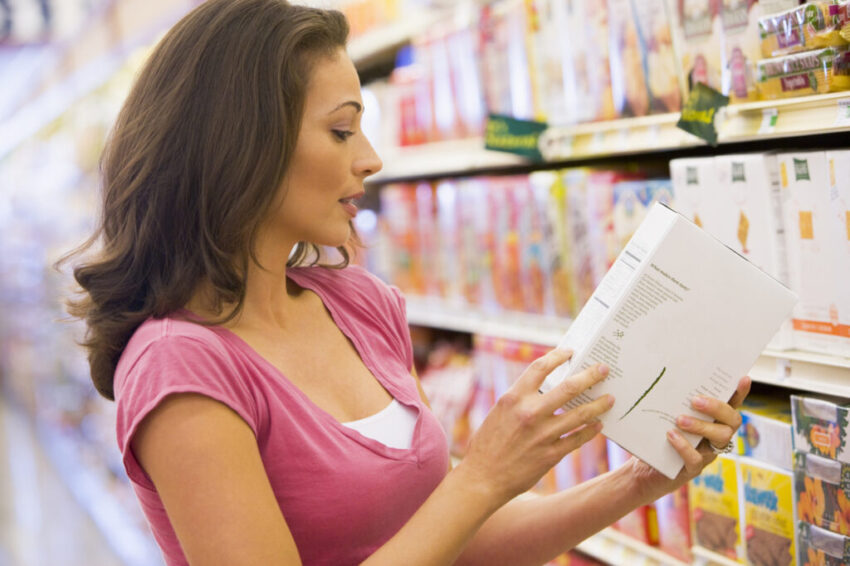The gigantic plastic trash island drifting in the Pacific Ocean highlights the critical emergency to change consumer habits about plastic and packaging.
To this end, new manners to pack and sell products have been brought to light. Huge companies such as Starbucks Coffee have encouraged their customers to bring their reusable cups by giving discount to those doing it. Some smaller grocery shops have developed bulk sale for rice and other cereals, avoiding packing them.
The tote bag trend is also meeting a growing success among the youngest. Nevertheless, the coronavirus crisis has showcased the limits of these alternative methods. Despite the original intent, they risk making transmission easier, highlighting the fact that packaging might have been more useful than previously expected.
Packaging limitation is considered as firstly led by the goal to limit resource exploitation. Very well. But considering the food industry, packaging plays a minor role in the global resource consumption and greenhouse gas production. According to a FAO study, packaging represents only 5% of the total food industry emissions.
Considering that food industry emissions are 26% of the whole human emissions, packaging production therefore contributes barely 1% of the global greenhouse gas emissions. Such a fraction of global pollution must of course be considered, but it must be compared with far more significant factors such as food production and transportation. Both of those represent stronger pollution hazards than all the assets of the packaging industry as a whole.
It is also now well known that the meat industry is one of the biggest greenhouse gas sources and a huge water consuming activity. Considering energy, water and time used to feed, transport, slaughter and sell cattle, resources required to produce packaging can barely be compared. Everything being constant, the energy used to produce one unit of meat is twentyfold the energy used to pack it.
Even though packaging-induced carbon footprint represents only a small percentage of the total food production process, its relevance has yet to be questioned: how useful is packaging, environmentally speaking? Giving an answer requires questioning the initial meaning of packaging.
The fact is that packing food not only allows transportation to greater distances, but also protection from external factors such as sunlight, microorganisms and other threats. Besides its passive role as a barrier between food and the great outdoors, modern packaging is also designed to provide an active protection by creating artificial atmosphere to keep the product freshness longer. Therefore, while packaging may represent an environmental investment, it is also a way to significantly limit food waste and avoid bigger resources consumption.
However, there is another side of the coin: if packaging itself is useful and can be considered for its relative environmental friendliness, over-packaging remains a waste of resources, especially when some layers cannot be recycled as soiled plastic and have to be buried or stored in landfill. “Green” vegetal plastic is not a solution either.
Even if it is biodegradable, the surface required to match current plastic consumption is superior to the present-farmed land. Many solutions exist in order to reduce plastic packaging, but none of them is absolute and eventually, a strong consumption reduction will still be required.
Plastic bottles can be replaced by reusable ones, made of tin or glass. Textile bags are a relevant substitute to plastic one, and single-use plastic cup can also be conveniently exchanged with a paper cup.
If plastics have been reigning for the last 50 years, with a strong increase of the yearly used mass, things are changing slowly to the benefit of more environment friendly materials like paper, carton and other vegetal-made substances. Easier to recycle or at least to reuse after consumption (incineration and bio-mass energy production) and widely formable, light and made of renewable resources, paper-based packaging might still be the best alternative to our plastic stuffed production system for a while.


